Finding the right dining chair is about more than just matching your table — it’s about achieving a balance of comfort, practicality, and style that works for your home. One of the most important aspects to consider is the standard size of a dining chair seat. If the seat is too high or too low, it can cause discomfort, disrupt posture, and make your dining experience less enjoyable.
In this complete guide, we’ll explain the typical dimensions of dining chairs, why these measurements matter, and how to ensure your new chairs are compatible with your table and dining space. You’ll also learn tips for choosing chairs that not only fit well but also complement your home décor.
Understanding Dining Chair Dimensions
When shopping for dining chairs, two main measurements are essential: seat height and seat width. Both directly affect comfort and how well the chair works with your table. Getting these dimensions right ensures your dining area is both functional and visually balanced.
Why Standard Dimensions Matter
The standard size of a dining chair seat is not arbitrary — it’s based on ergonomics and years of design research. Correct dimensions:
-
Provide enough legroom between the seat and table
-
Ensure diners maintain a natural, comfortable posture
-
Allow chairs to slide neatly under the table
-
Prevent crowding around the dining area
By understanding standard dining chair dimensions, you’ll be able to choose seating that enhances the overall dining experience and maintains harmony between table and chairs.
Standard Dining Chair Seat Height
The standard dining chair seat height usually falls between 45 and 50 cm (18 to 20 inches) from the floor to the top of the seat. This works perfectly with standard dining table heights of 71 to 76 cm (28 to 30 inches).
Why This Height Works
A gap of about 30 cm (12 inches) between the seat and the underside of the table is ideal. This clearance gives diners enough room to cross their legs, adjust their posture, and move comfortably without feeling cramped.

Standard Size Of Dining Chair Seat
Things to Watch For
-
Upholstered seats may compress when sat on, effectively lowering the seat height.
-
Chairs with thick cushions might initially seem higher, but will adjust once you sit down.
-
For taller individuals, consider chairs at the upper end of the standard range for better comfort.
Standard Dining Chair Width and Depth
The standard dining chair width is typically 40 to 50 cm (16 to 20 inches). This gives enough room for comfort while allowing multiple chairs to fit along each side of the table without crowding.
The standard seat depth usually ranges between 50 and 60 cm (20 to 24 inches). Depth affects how much thigh support you have and plays a role in overall comfort — too deep, and shorter diners may feel unsupported; too shallow, and it can feel cramped.
Spacing Between Chairs
When arranging your dining chairs:
-
Allow 60 cm (24 inches) per person along the table edge for comfortable elbow room.
-
Leave about 15 cm (6 inches) between each chair to prevent bumping during meals.
-
Ensure there is at least 90 cm (36 inches) between the table edge and walls or other furniture so guests can move easily.
Factors to Consider When Buying Dining Chairs
1. Comfort
Comfort goes beyond dimensions — it’s about how the chair feels during extended use.
-
Cushioning and Ergonomics: Padded seats and backrests add comfort, especially for long meals.
-
Seat Depth: Between 40–46 cm (16–18 inches) is ideal for supporting your thighs without strain.
-
Back Support: High-back chairs encourage better posture.
-
Armrests: Armchairs add comfort but require extra clearance under the table (at least 25 cm / 10 inches from armrest to tabletop).
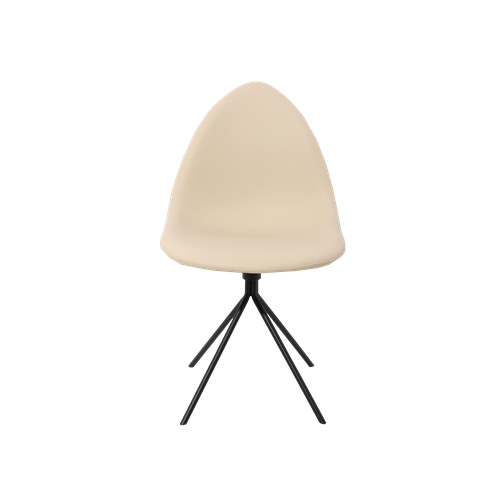
2. Style and Aesthetic
Your chairs should enhance your dining space visually.
-
Match the Table: A rustic wooden table pairs beautifully with classic wooden chairs, while sleek glass tables may look better with modern metal or upholstered designs.
-
Material Choice: Wood, metal, rattan, plastic, or fabric all offer different looks and practical benefits.
-
Color Coordination: Neutrals blend seamlessly, while bold colors can create a statement piece in the room.
3. Durability
Dining chairs are one of the most frequently used furniture items in a home.
-
Material Quality: Solid wood and metal frames tend to last longer than cheaper composites.
-
Build Strength: Look for reinforced joints, sturdy legs, and quality hardware.
-
Maintenance Needs: Choose materials that are easy to clean if you have children or entertain often.
4. Budget
Dining chairs range from affordable sets to luxury designer pieces.
-
Set a Clear Budget: Remember that investing in quality can pay off over time.
-
Buy in Sets or Individually: Matching sets offer uniformity, while individual purchases allow for customization and mix-and-match styles.
Measuring Your Space Before Buying
Before purchasing chairs:
-
Measure from the floor to your table’s underside to confirm compatibility with chair seat height.
-
Check available space around the table for movement.
-
Consider any existing furniture that may limit space for chairs.
Table and Chair Compatibility: Quick Guide
-
Table Height: 71–76 cm (28–30 inches)
-
Seat Height: 45–50 cm (18–20 inches)
-
Chair Width: 40–50 cm (16–20 inches)
-
Clearance Between Seat & Table: 25–30 cm (10–12 inches)
-
Space Between Chairs: 15 cm (6 inches)
-
Clearance Around Table: 90 cm (36 inches) minimum
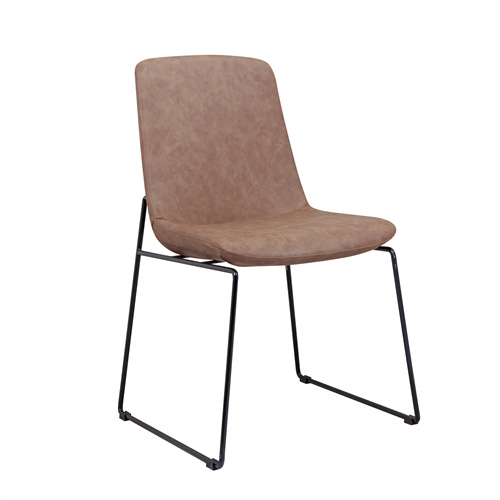
Round Dining Table Dining Chairs
Tips for Ensuring a Perfect Match
-
Bring table measurements when shopping.
-
Test chairs in-store with a similar-height table.
-
For online purchases, read dimension details carefully and check return policies.
-
If mixing styles, ensure uniform seat heights for comfort and alignment.
FAQs About Dining Chair Sizes
Q: What is the average height of a dining chair seat? A: Around 45–50 cm (18–20 inches) from floor to seat, suitable for most standard dining tables.
Q: How wide should a dining chair be? A: Between 40–50 cm (16–20 inches) is typical for comfortable seating without overcrowding.
Q: Can I mix and match dining chairs of different sizes? A: Yes, but keep seat heights consistent for ergonomic comfort.
Q: How much space should I allow between dining chairs? A: At least 15 cm (6 inches) between chairs and 60 cm (24 inches) per person for elbow room.
Conclusion
Choosing the right dining chair size is a blend of functionality, comfort, and style. By understanding standard dimensions — from seat height to chair width — and ensuring compatibility with your table, you’ll create a dining setup that looks great and feels even better.
Whether you prefer classic wooden chairs, modern upholstered designs, or a mix of styles, the right measurements will make all the difference in how your dining area looks and functions. Take the time to measure, compare, and test your options, and you’ll enjoy meals that are as comfortable as they are stylish.

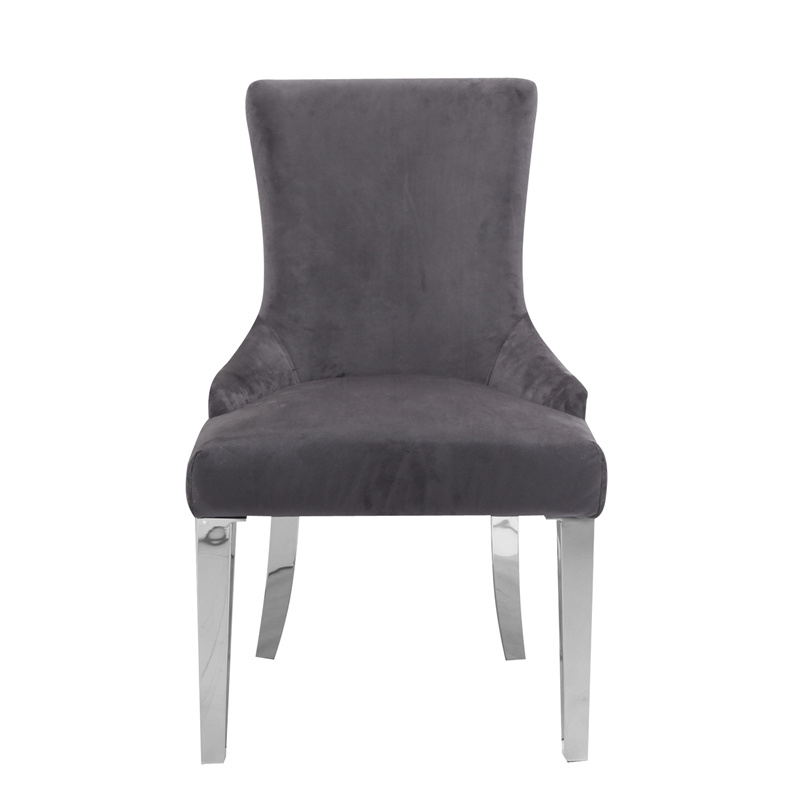
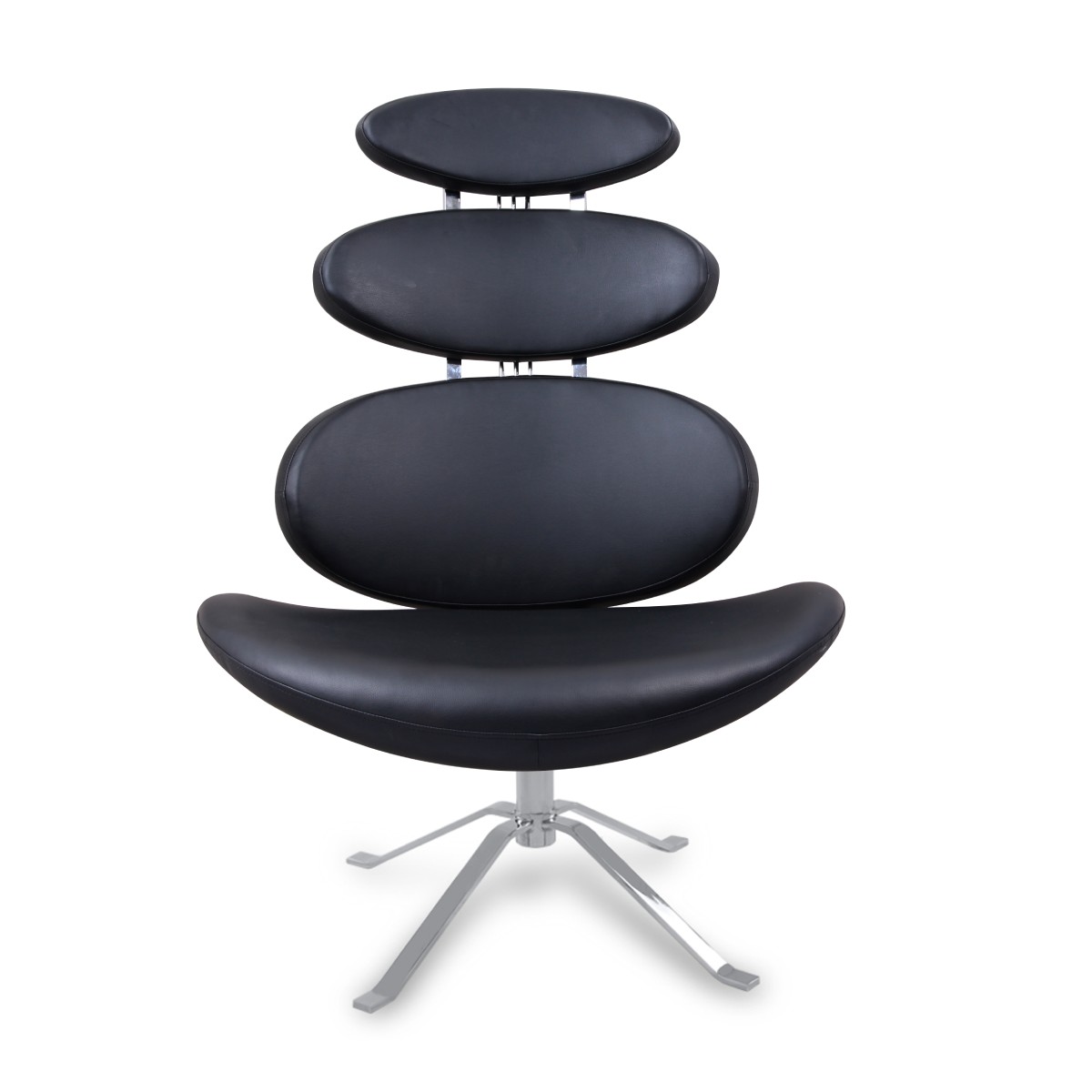
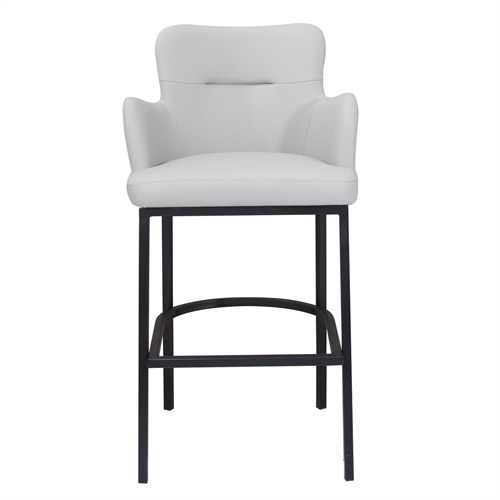
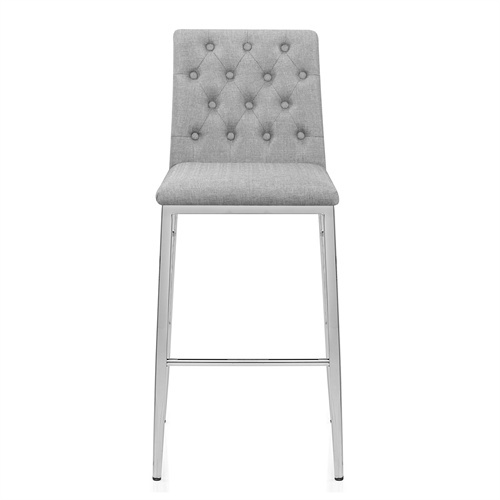
0723.jpg)